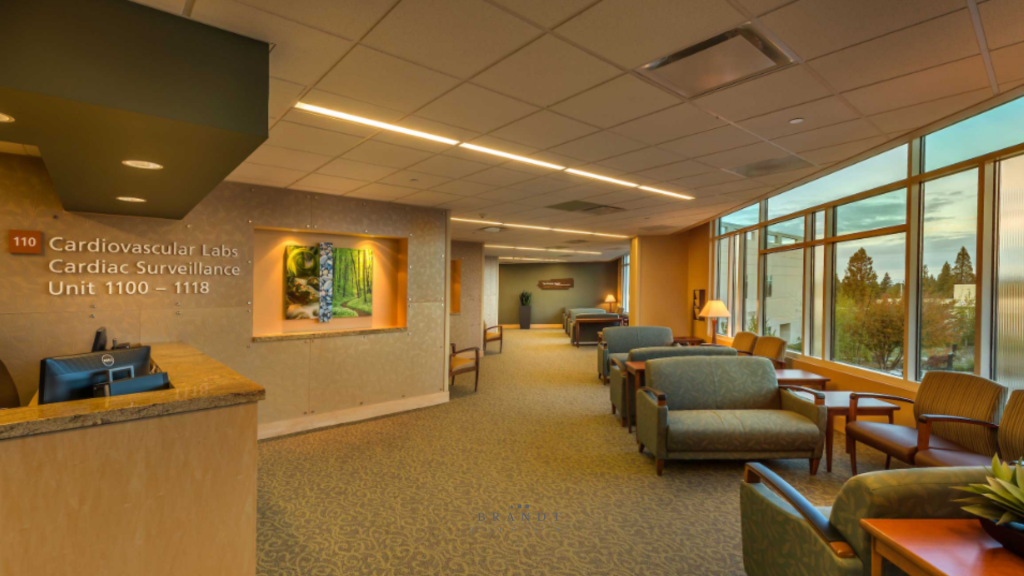
As life expectancy continues to rise and the global aging population expands, healthcare facilities are increasingly challenged to design environments that support the needs of older adults. In 2025 and beyond, healthcare interiors must adapt to the changing physical and cognitive needs of this demographic. The spaces we design today will influence the quality of life for aging individuals tomorrow. To meet these evolving demands, interior designers are embracing the principles of longevity—creating spaces that not only cater to immediate medical needs but also support the ongoing wellness of patients as they age.
Key Features of Healthcare Interiors Designed for Longevity
Universal Design Principles One of the most important considerations in creating spaces that can evolve with age is accessibility. Universal design principles are vital in ensuring that healthcare environments are safe and welcoming to all individuals, regardless of age or ability. Features such as wide corridors, non-slip flooring, and ergonomic furniture are essential for preventing accidents and providing comfort. Easy-to-navigate layouts ensure that patients, especially those with mobility challenges, can move freely without strain. From adjustable-height beds to accessible handrails, every element of the design should be optimized to ensure ease of use for elderly patients.
Smart Living Solutions Technology is rapidly advancing, and healthcare interiors are now incorporating intelligent systems designed to enhance patient care. In a world where health tech and wearables are becoming mainstream, integrating smart living solutions into healthcare spaces will be crucial in supporting aging populations. Fall-detection sensors, which can alert staff to accidents, are becoming a standard feature in many healthcare facilities. Additionally, wearable technology that monitors vitals and tracks patient movements can help healthcare providers respond quickly to emergencies. Voice-activated controls and smart home technologies will also make everyday tasks, like adjusting lighting and temperature, more accessible for elderly individuals with limited mobility.
Warm Aesthetics The emotional well-being of patients is just as important as their physical care. Creating a calming, supportive atmosphere can reduce anxiety, promote healing, and improve patient outcomes. In spaces for aging individuals, warm aesthetics are key. Soft lighting, natural materials, and soothing color palettes are proven to reduce stress and foster relaxation. Colors like soft blues, greens, and warm neutrals can promote a sense of peace, while natural wood finishes and tactile fabrics evoke feelings of comfort and connection. Thoughtful design choices like these are integral to creating a space that feels like home, reducing the sense of institutionalization that many elderly patients experience in clinical environments.
The Future of Healthcare Interiors: Balancing Function and Comfort
As we move into the future, healthcare facilities will increasingly need to balance functionality with emotional support. The demand for adaptable, multi-functional spaces that can evolve with the needs of aging patients is rising. From private rooms designed with future mobility in mind to common areas that encourage socialization and mental engagement, every detail will be tailored to help aging individuals maintain their independence and well-being for as long as possible.
In conclusion, designing for longevity is not just about creating functional healthcare environments. It’s about crafting spaces that support a holistic approach to care, offering both physical safety and emotional comfort. As healthcare interior design continues to evolve, the goal is clear: spaces that adapt to the unique needs of aging individuals will be essential in promoting long-term health, independence, and overall quality of life.

